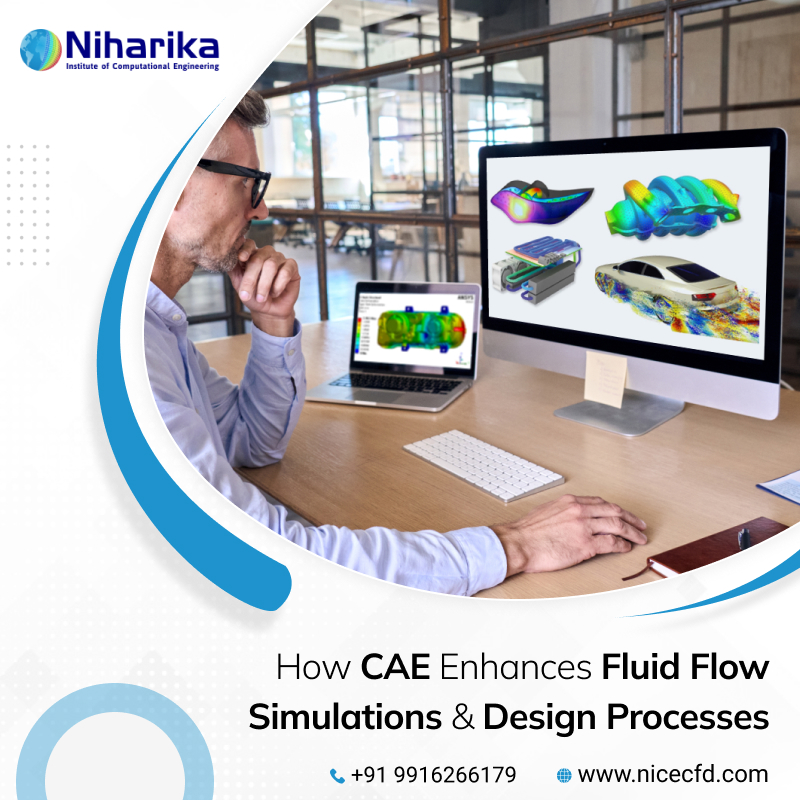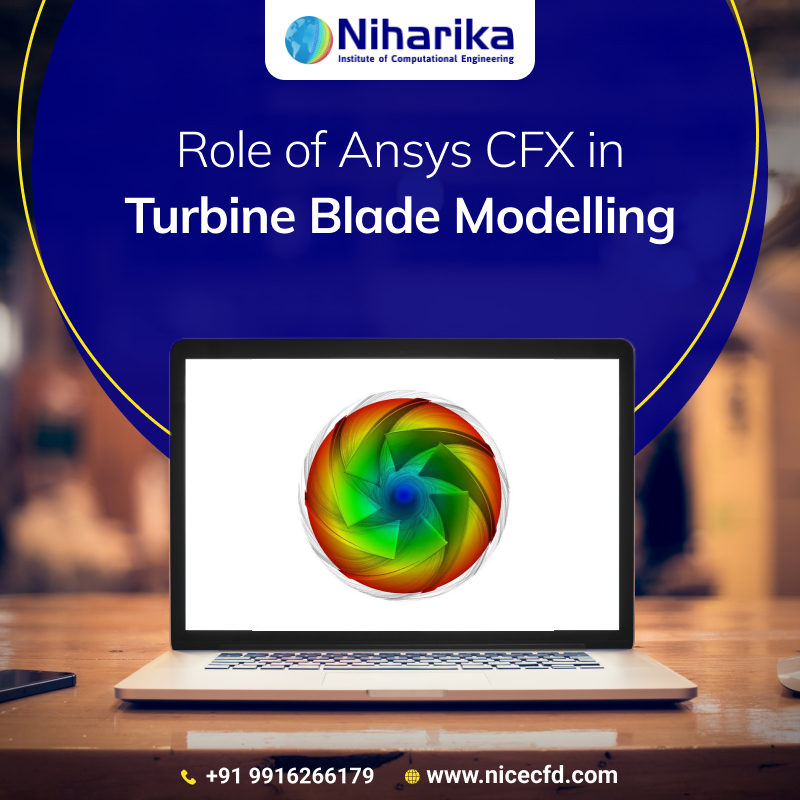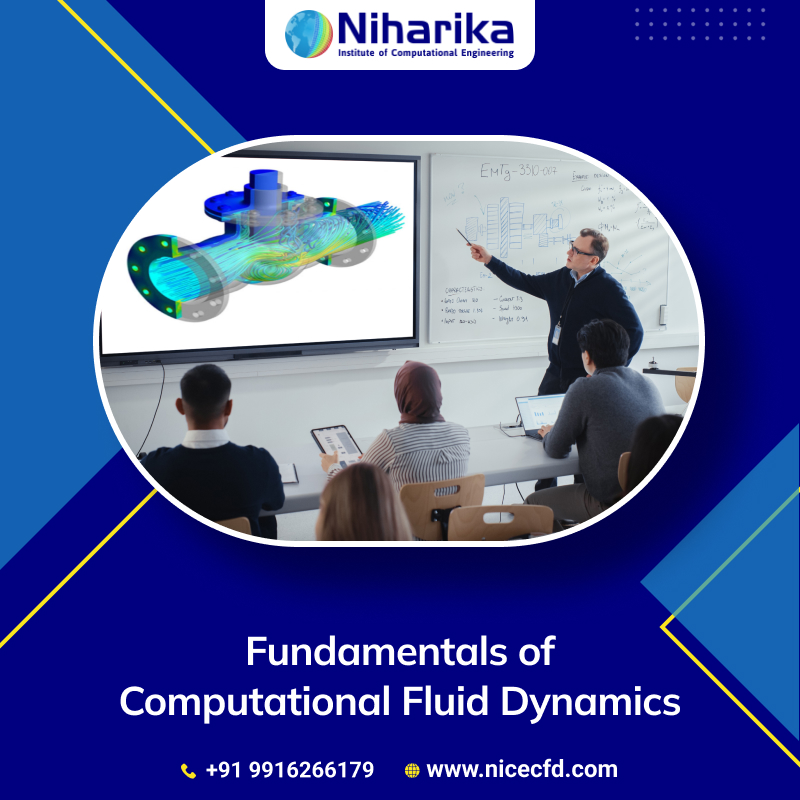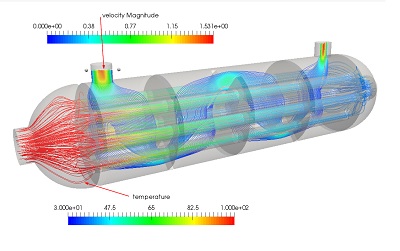Navigating the intricate landscape of engineering, where precision and performance are paramount, finite element analysis emerges as a game-changing tool. It enhances problem-solving skills by providing a systematic approach to analyzing and addressing complex engineering challenges. Students and professionals can apply FEA to find optimal solutions and make informed decisions during the design process. As industries increasingly rely on simulation tools for design and analysis, individuals with FEA skills are in high demand. Signing up for a finite element analysis course positions students as valuable assets in various engineering disciplines.
FEA plays a pivotal role in predicting the behavior of structures under diverse conditions, offering engineers profound insights into the intricacies of their designs. In this blog, we will discuss all the important points that you need to know about finite element analysis.
• What Is Finite Element Analysis?
Finite element analysis is a numerical technique employed in engineering and physics to simulate and analyze the behavior of structures and components under various conditions. The method involves breaking down complex structures into smaller, finite elements, enabling engineers to model and understand the physical response of each element. So, if you are planning to learn it, signing up for a FEA course can be a wise decision from your end. FEA is applicable across various industries, including aerospace, automotive, civil engineering, and biomechanics. This means that proficiency in FEA opens doors to diverse career opportunities, which allows individuals to work in different sectors.
• How Does Finite Element Analysis Work?
If you are planning to enroll in a finite element analysis course, here is a detailed analysis that will help you understand the working mechanism of FEA.
Geometry Definition: The initial step in finite element analysis involves defining the geometry of the structure or component under examination. This encompasses specifying the dimensions, shapes, and intricacies of the design to create an accurate representation in the digital environment.
Mesh Generation: Subsequent to defining the geometry, meshing takes center stage. This process entails breaking down the complex geometry into smaller, finite elements. These elements collectively form a mesh, a grid-like structure that serves as the foundation for the numerical simulation of the behavior of the structure.
Material Properties & Boundary Conditions: Assigning material properties is a critical phase. Each element in the mesh is assigned specific material characteristics, such as elasticity and thermal conductivity. Added to that, engineers define boundary conditions, which represent the constraints and external forces applied to the structure during the analysis.
Application of Governing Equations: With the mesh in place and material properties assigned, the next step involves applying governing equations. These equations, derived from the principles of physics and engineering, are individually applied to each element. They express how the structure responds to various loads, pressures, and conditions, forming the foundation of the analytical process.
Solution and Post-Processing: The system of equations is then solved using numerical methods, a pivotal phase in FEA. This computational solution provides the displacements, stresses, and strains at each element within the mesh. Following the solution, engineers engage in post-processing, where they interpret and analyze the results. This involves assessing stress distributions, deformations, and other critical parameters to comprehensively evaluate the performance and behavior of the structure under consideration.
Final Thoughts
FEA is a powerful tool for predicting stresses, deformations, and other crucial parameters, helping in the optimization and validation of designs. By applying mathematical equations to these elements, FEA provides insights into how the entire structure or system will behave when subjected to different loads, pressures, temperatures, or other environmental factors. So, should you want to learn FEA and are in search of a reputable institute, join Niharika Institute of Computational Engineering. We offer a structured curriculum that covers the theoretical foundations and practical applications of FEA.













